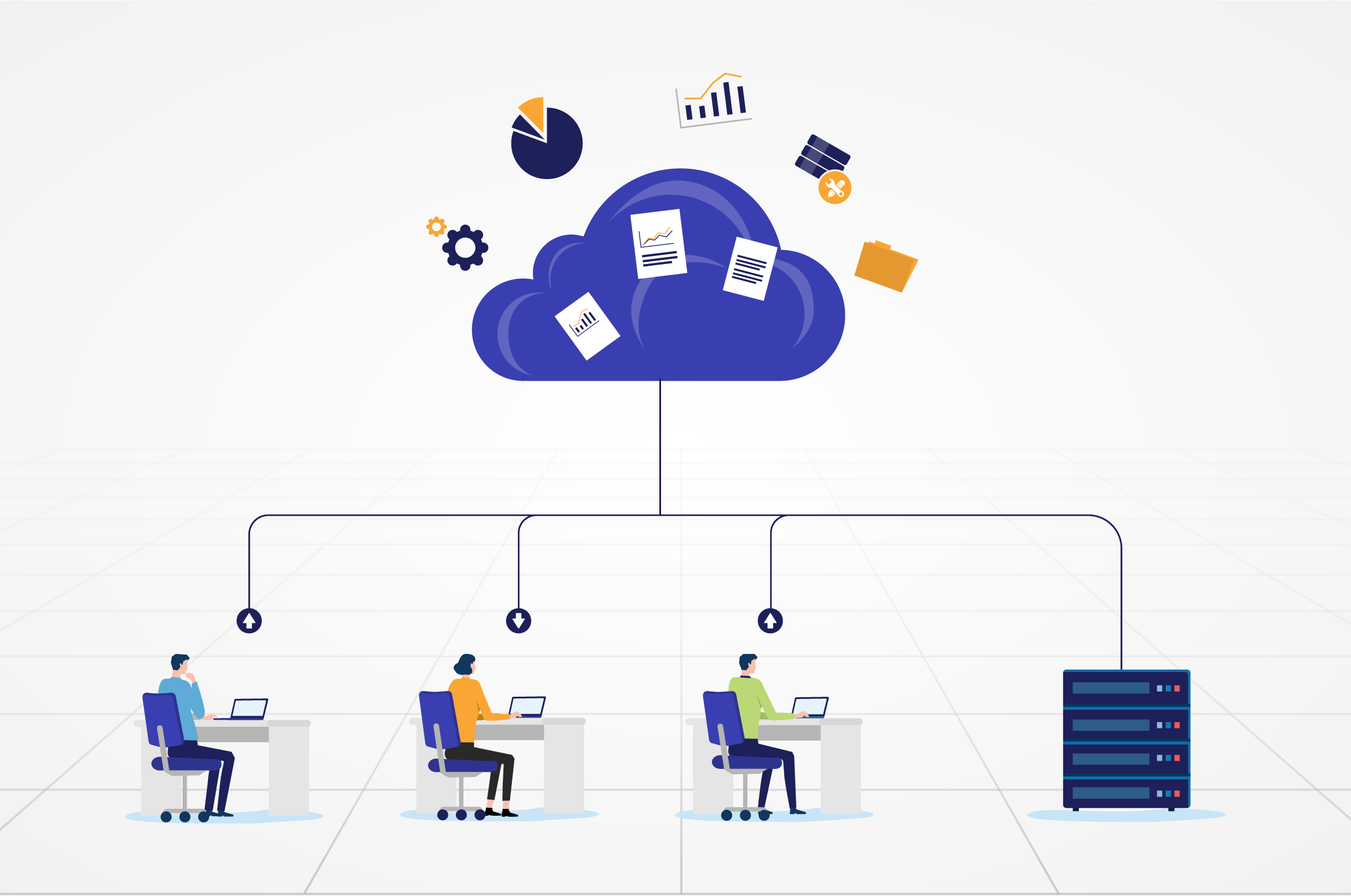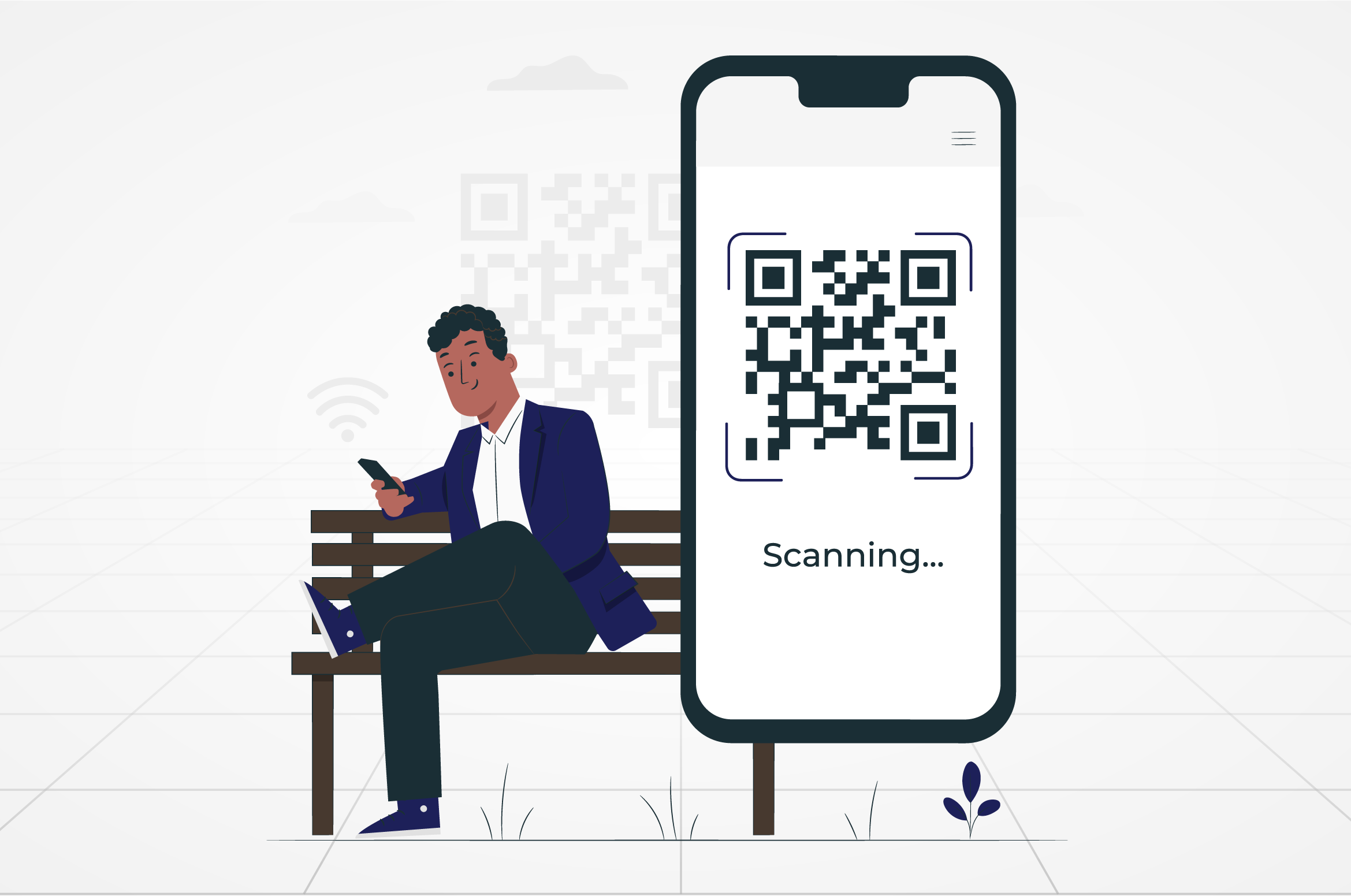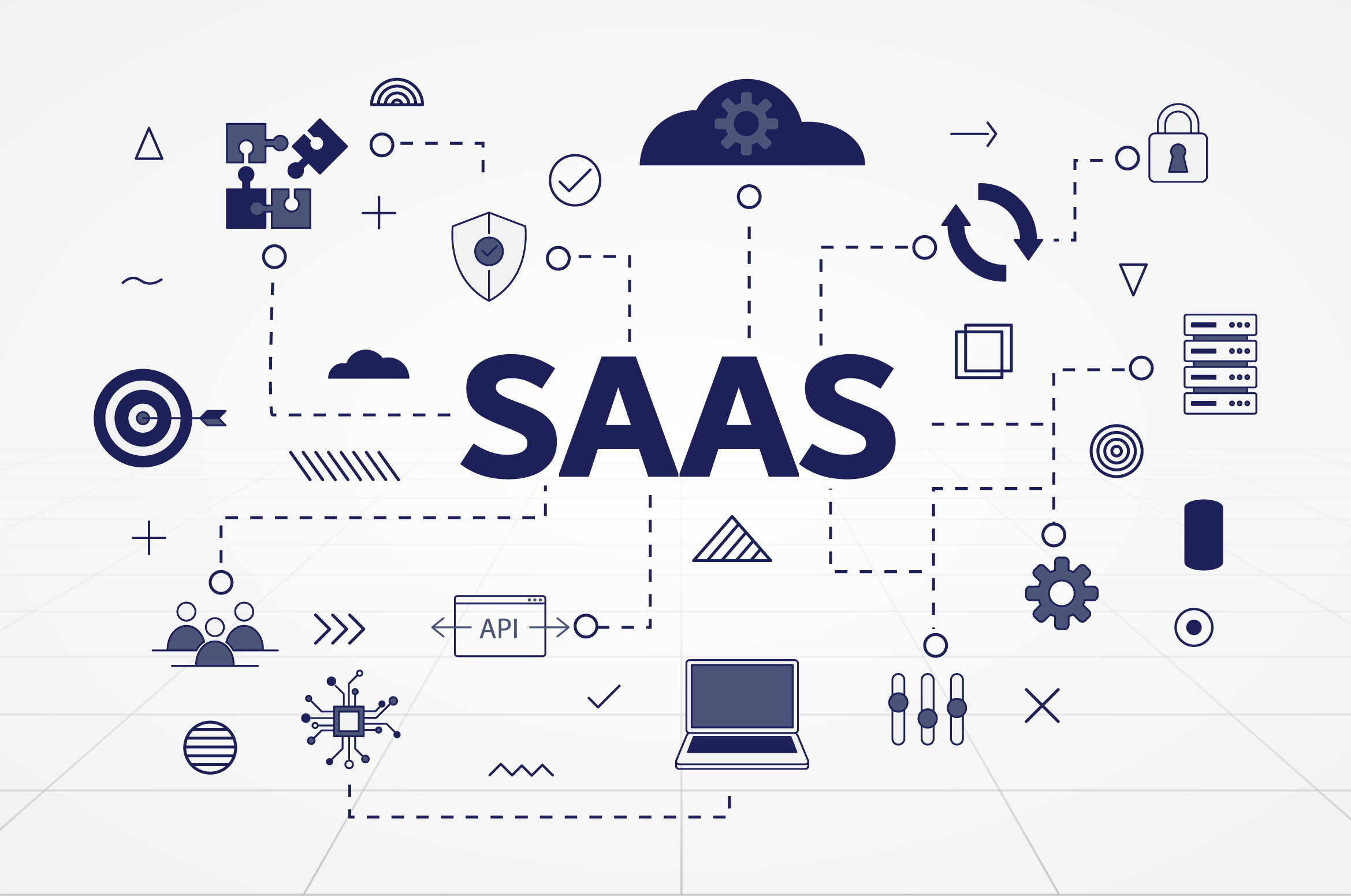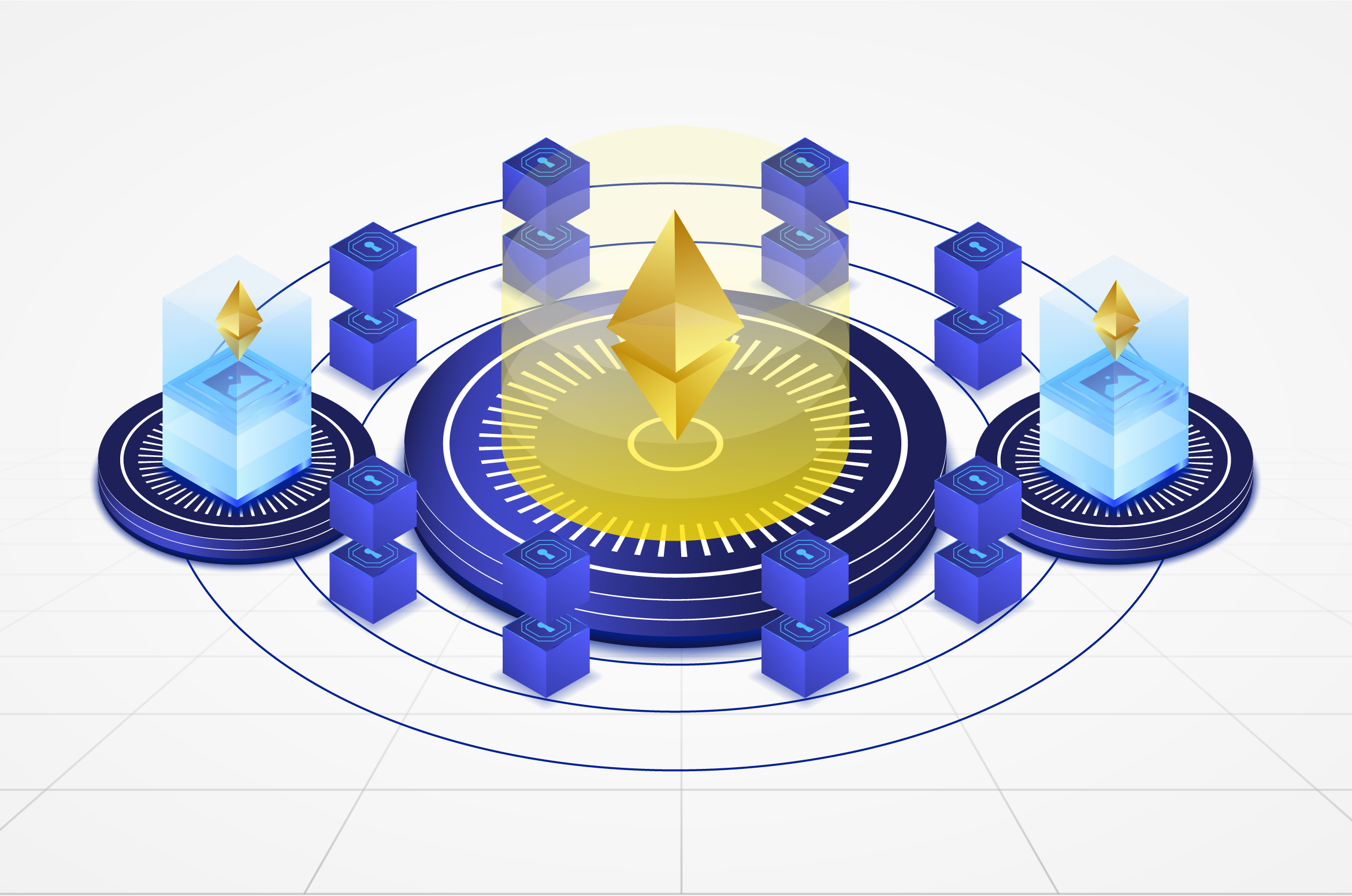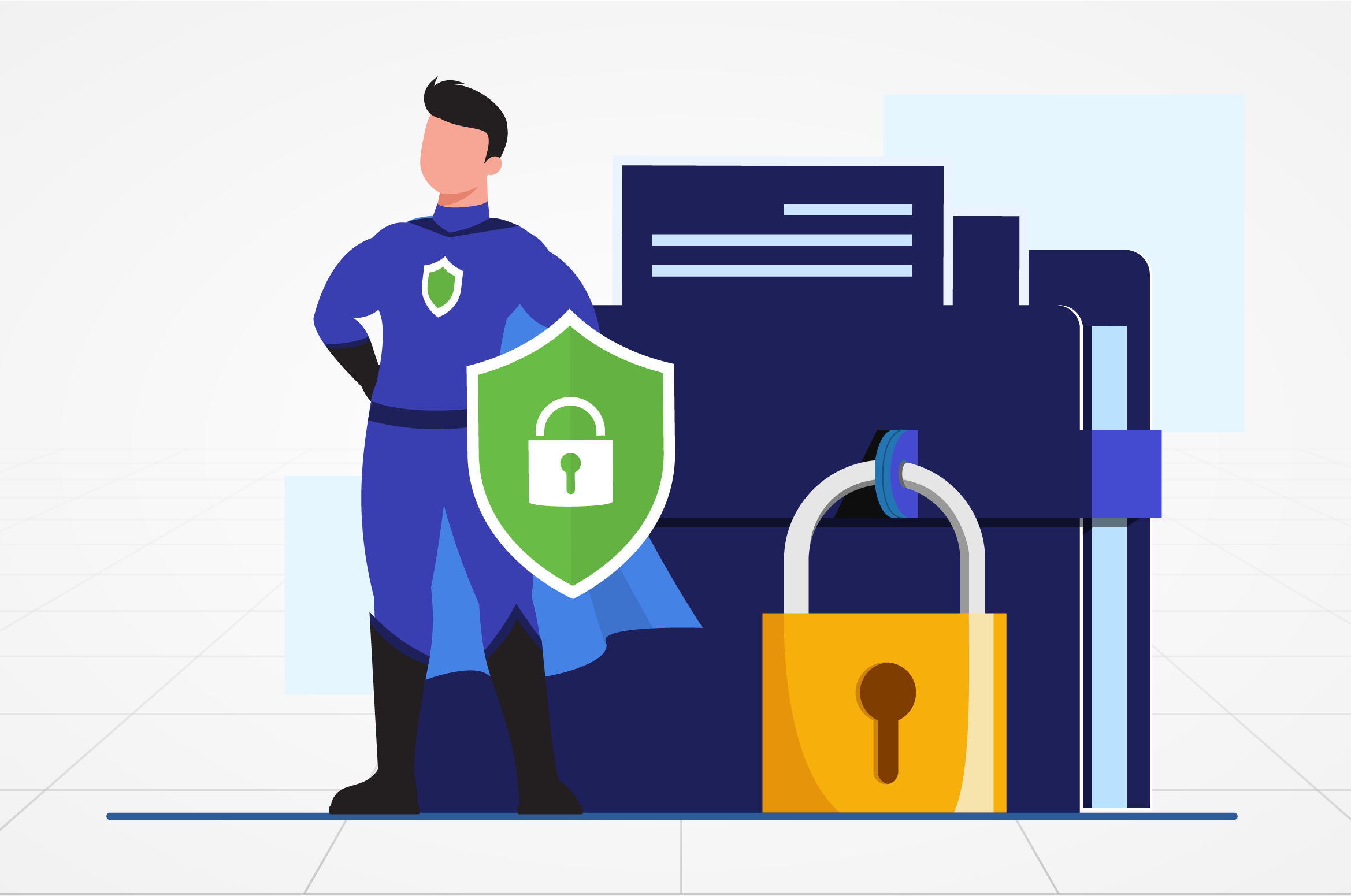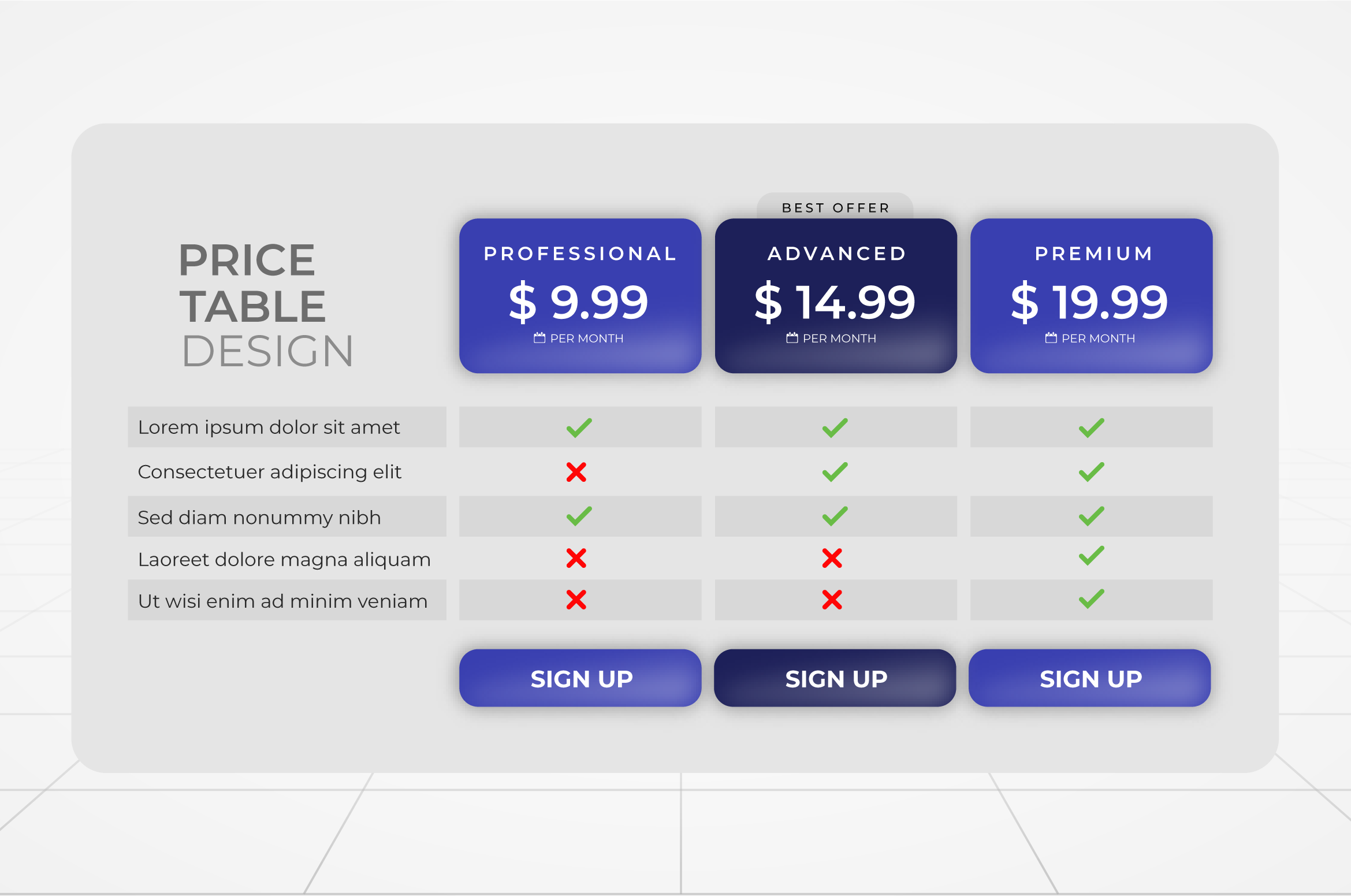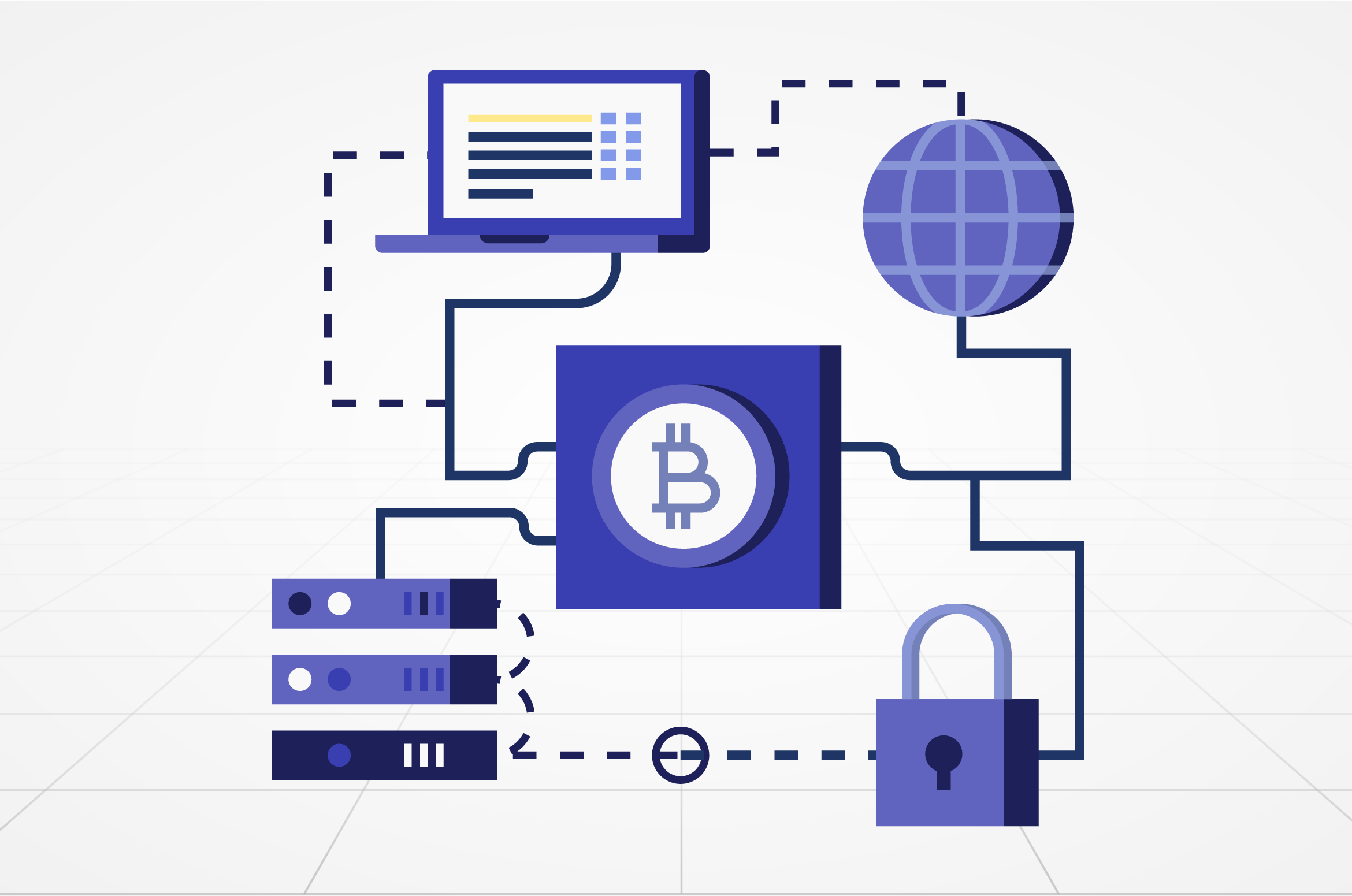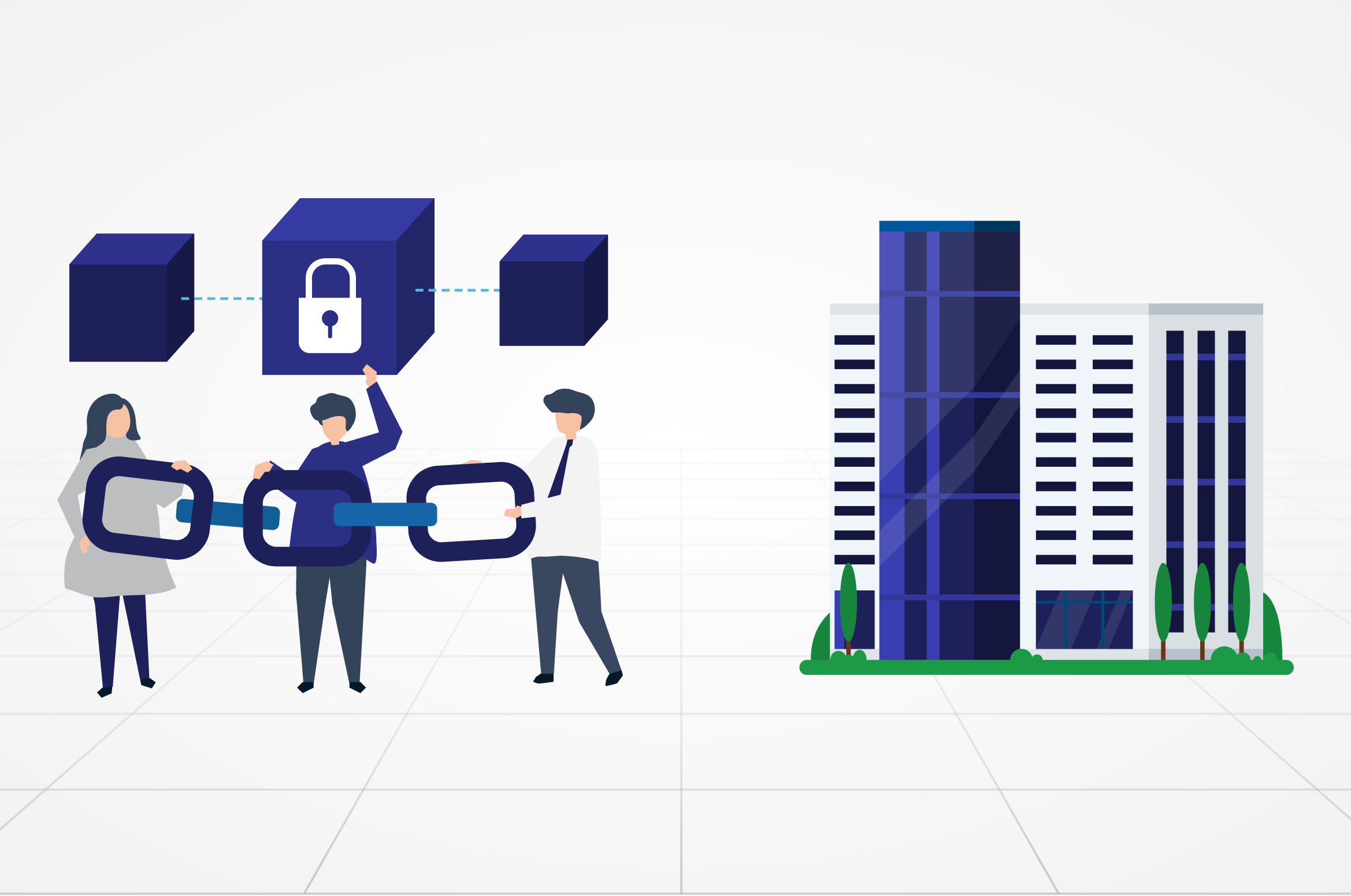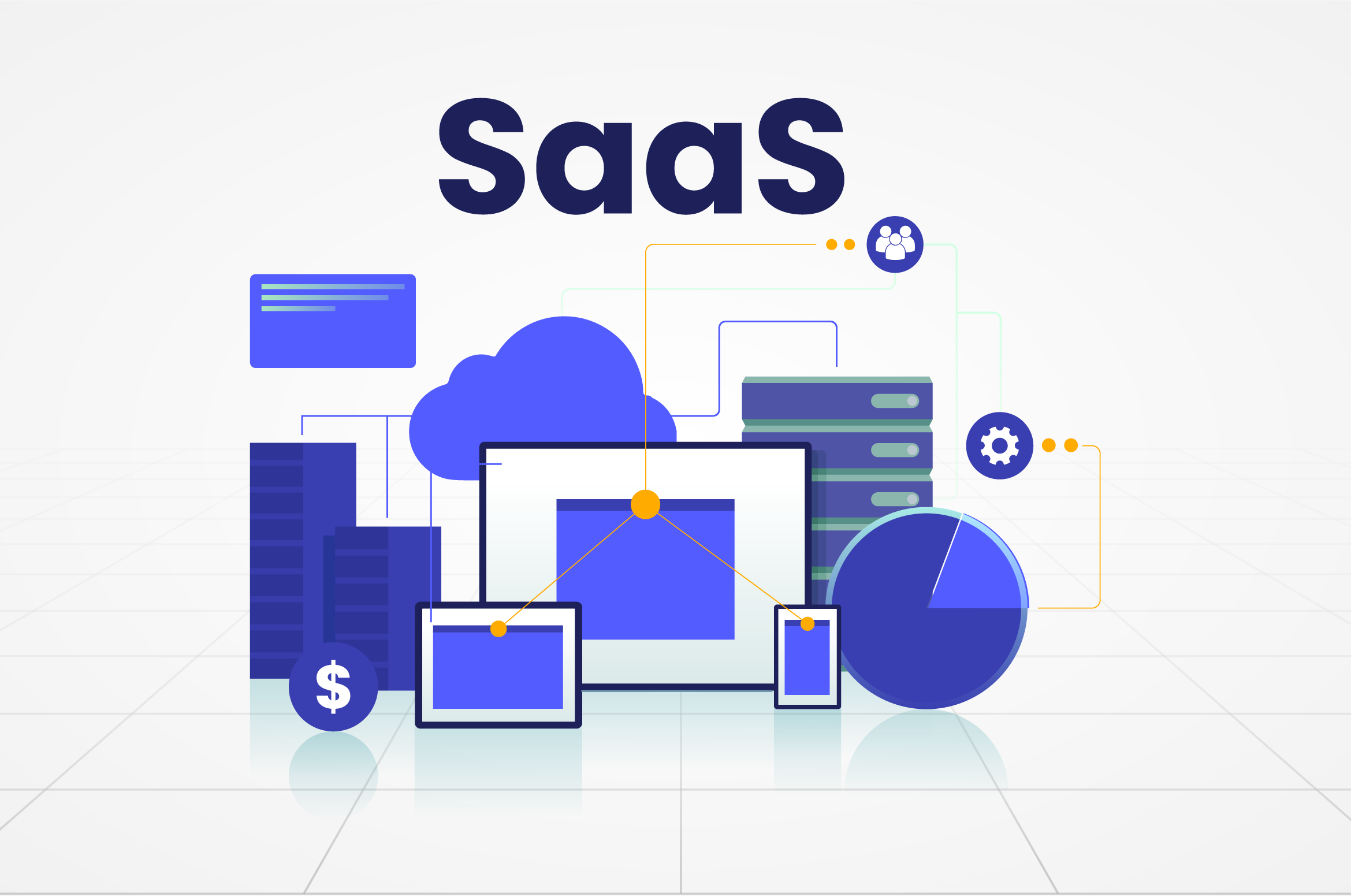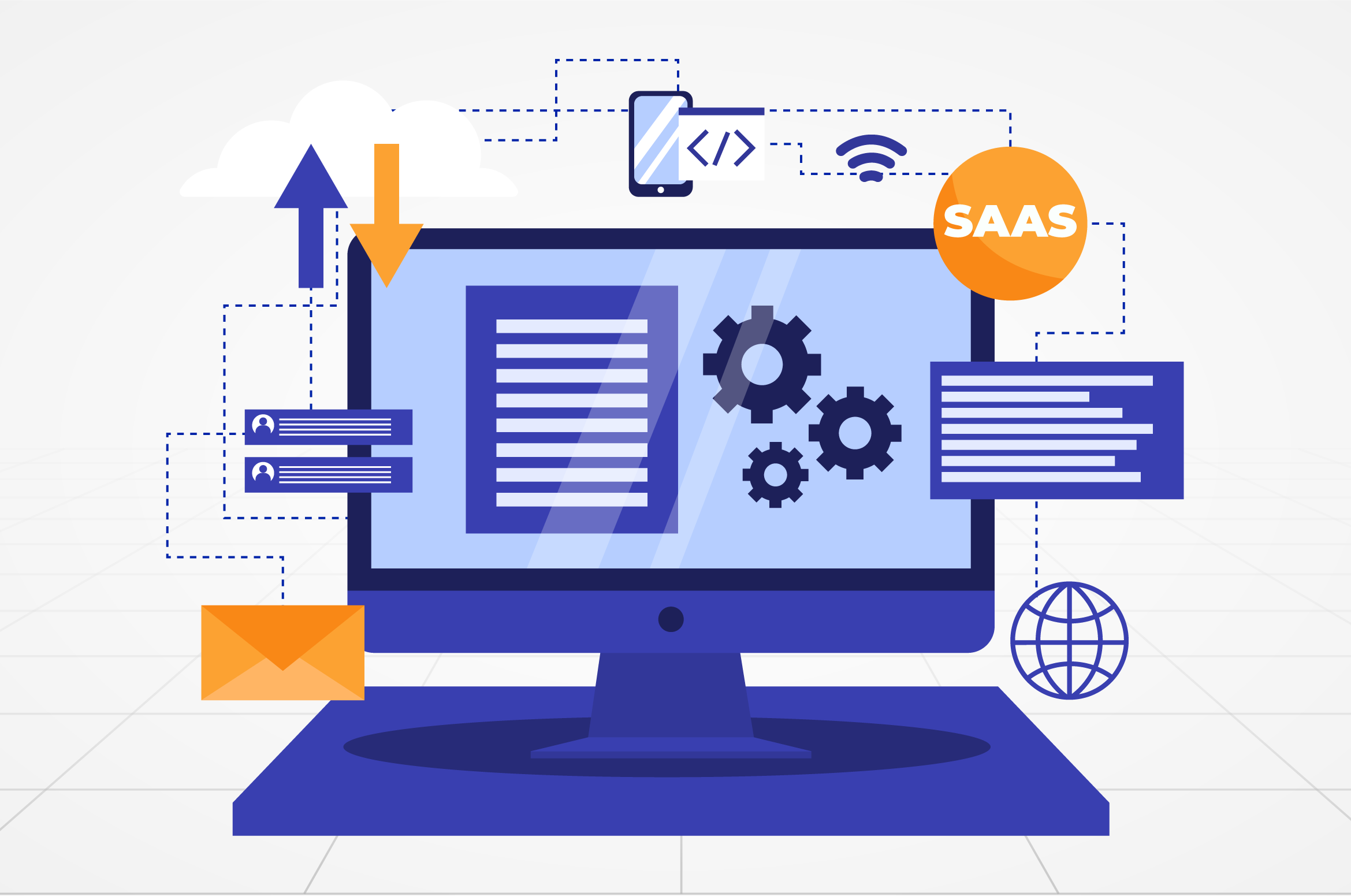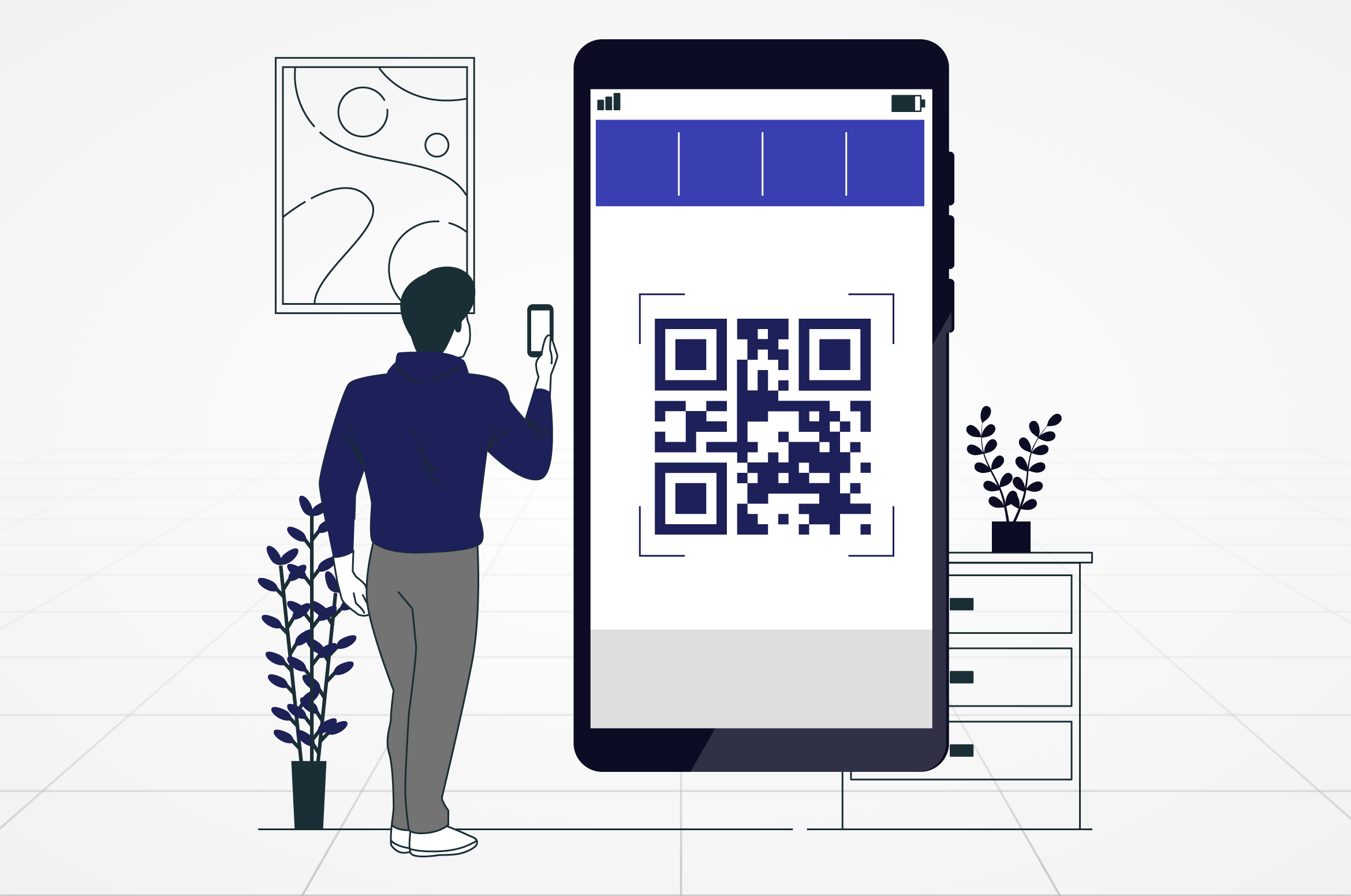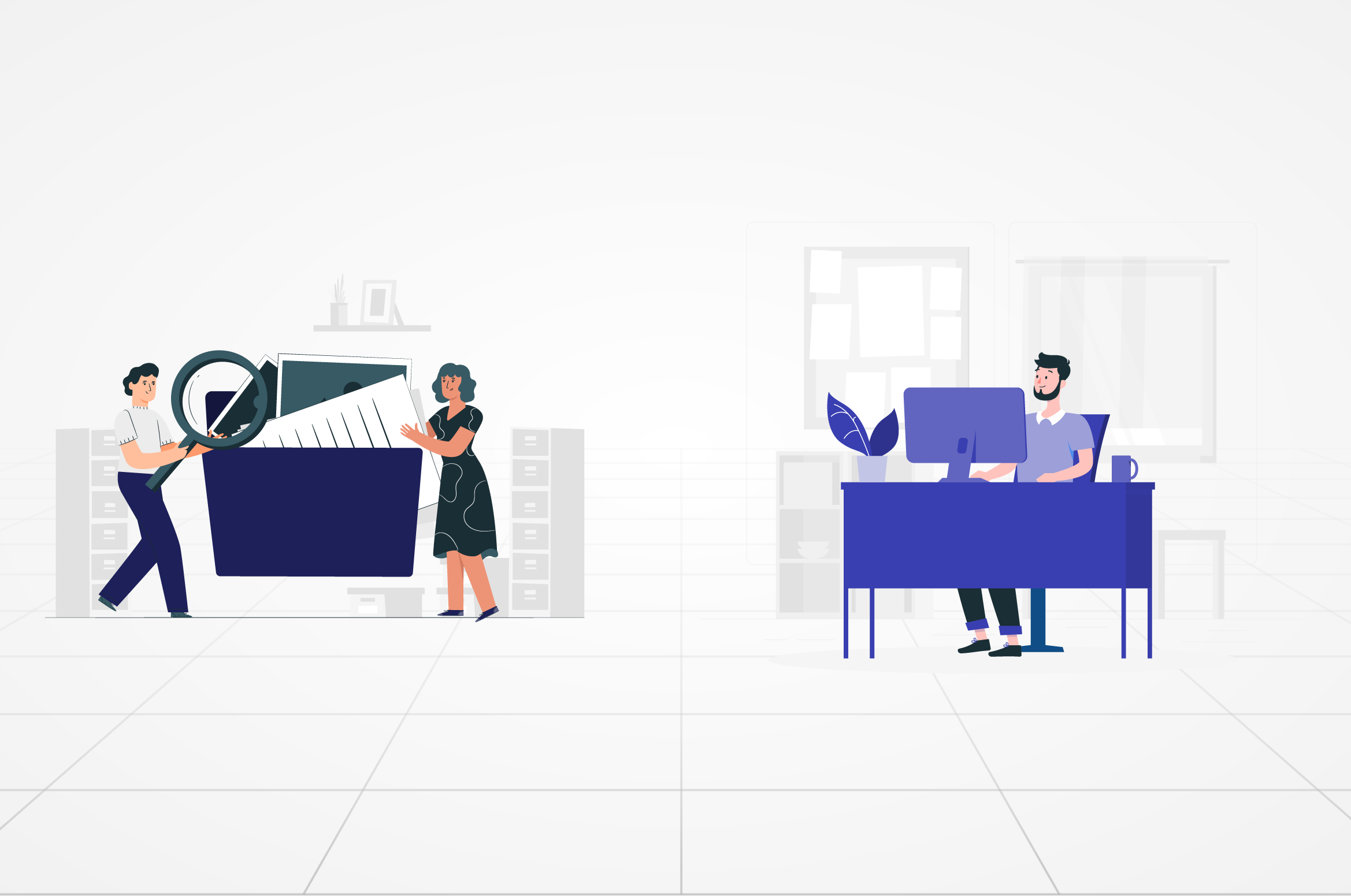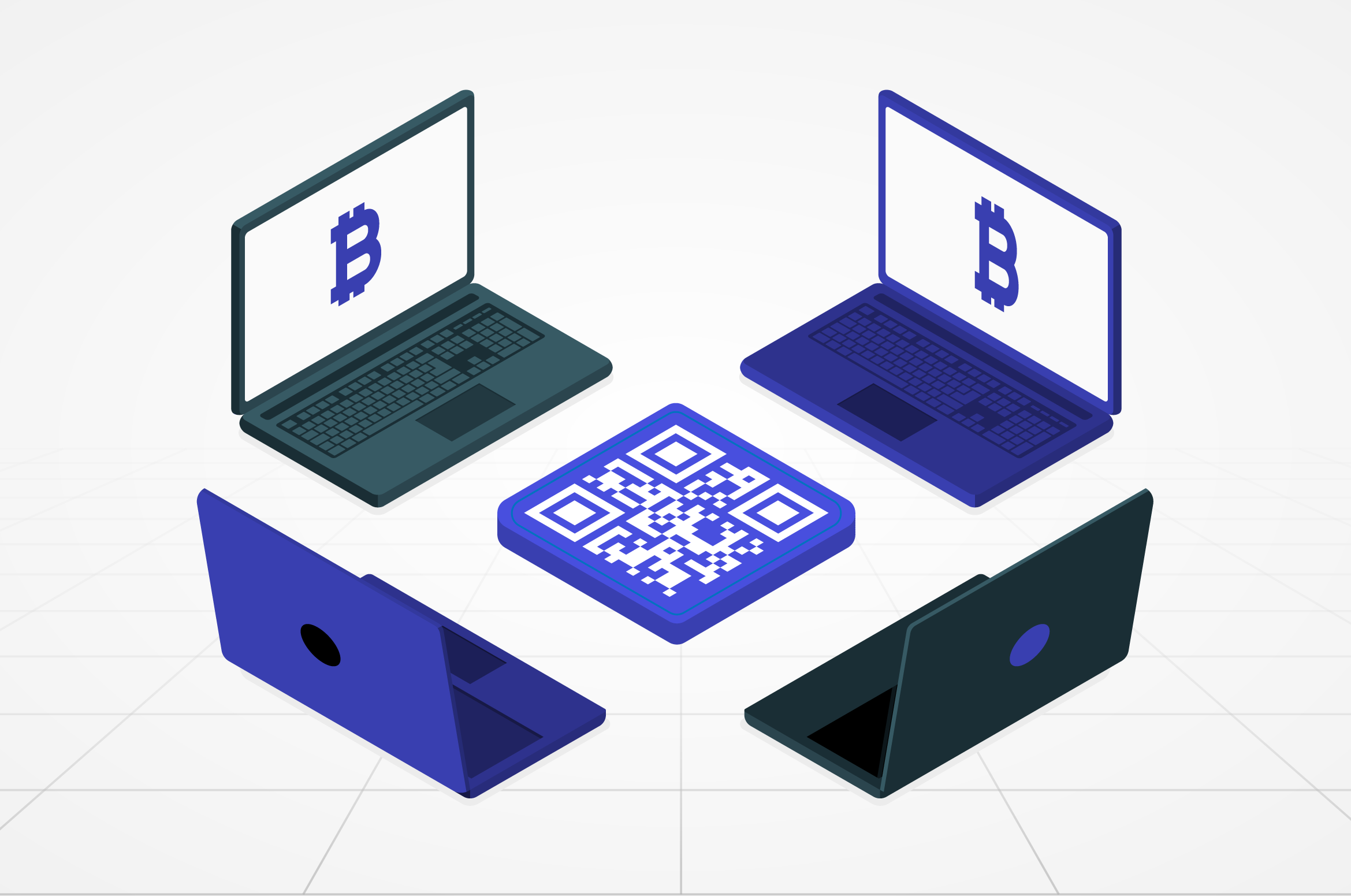Customers can benefit from SaaS businesses in a variety of ways, such as finding a ride or a song they like, hosting massive amounts of data, or running multiple field agents. There are numerous advantages to using SaaS for businesses, including lower upfront costs of commercial software, the elimination of the need to install software on individual machines, service scalability with business growth, integrations with popular software, and prompt updates to all users. Here are some expert guides you need to keep in mind before adopting any SaaS service: As they are supposed to be designed with best practices at the core, SaaS applications should be user-friendly. Look for options that allow you to first demo and test the software, for free. In the las
READ MOREWith the rise in cyber security concerns and data breaches, most reputable organisations utilise QR verification to check the authenticity of documents stored in the blockchain. Scanning a secure QR code starts a real-time sequence of technology-based verification steps. This includes ensuring that the original document stored on Amazon S3 has not been edited or tampered with. To verify the authenticity of a document, the globally patented verification protocol uses the unique digital fingerprint of a document, also known as a unique hash value. This ensures that any confidential or sensitive contents of a document are always protected and that GDPR and other privacy standards are met. The QR code authentication ensures that you can track all of your users' and viewers' activities on any uploaded document. Depending on your preferences, you can place the QR code anywhere on the document.
READ MOREToday, even the most prestigious global organisations are opting for SaaS solutions because of their convenience, performance, and transparency. But, before you delve into the world of SaaS or even consider adopting SaaS solutions in your regular workflow, you need to fully understand the SaaS best practices. Let us have a quick look at some of the most vital ones: Control and management of access Only those with the necessary permissions have access to appropriate cloud applications. SaaS providers should consider using additional security features such as 2-factor authentication or other more robust authentication methods. Monitoring Frequent updates, like any other type of technology security, are critical. As a result, SaaS providers must keep their standardised Virtual Machine (VM) images and software up to date, as well as monitor and track all SaaS usage.
READ MOREOur SaaS products adopt blockchain technology to provide data transparency and data security to all our users. Our expert-designed SaaS solutions use VeriDoc Ledger, our very own blockchain designed with governments and enterprises in mind. VeriDoc Ledger is a fork of the Ethereum blockchain, enabling the ledger to inherit seven years’ worth of blockchain development and smart contracts capability. The credibility and track record of the second-largest blockchain in the world influenced the company’s decision to use Ethereum as the foundation for its technology. Blockchain is completely transparent. Once you make a transaction in the blockchain, it cannot be changed or tampered with. And the transactions are encrypted using cryptography. The transactions are transparent.
READ MOREAll our SaaS solutions are designed by well-experienced experts who pay extra attention to make them secure and transparent. Nowadays, the software-as-a-service (SaaS) model is becoming increasingly popular among businesses. Organisations and consumers are turning to SaaS for its convenience and other benefits as internet connections become faster and more reliable. Our SaaS solutions utilise various measures to provide the most reliable source of data security, which includes, Utilising blockchain technology (patented in over 90 countries worldwide) to store data and documents Employing the highly secure Microsoft Azure Cloud Solution for ultimate data security Access customisation, where the admin can differentiate private and public documents that provides admin access and viewer access accordingly.
READ MORENot at all! Our SaaS solutions from electronic signature to certificate management software come with the option of monthly as well as annual subscription plans. Both the plan offerings are all-inclusive and do not require any extra or set-up charges. Both our monthly and annual plans are very cost-effective and can be utilised by small, medium, or large enterprises to implement in their workflow. Not just that, all of our solutions offer customisable plans that you can utilise according to the number of users by talking with our sales representatives directly. Most of our popular SaaS solutions also come with free trials that you can opt for before purchasing any of our Standard, Pro, and Advanced plans. The option of a free trial comes with all the features and benefits of the particular solution. This allows you to familiarise yourself with our simple user interface and check out the pros of our solution before buying.
READ MOREAbsolutely yes! We offer a wide variety of popular SaaS solutions that comes with a free trial option. Our free trial has attractive features and benefits that you can easily try before committing to a paid subscription plan. By opting for our free trials, you do not need to pay anything or share your private debit/credit card details. This ensures that our customers can take full advantage of our product without worrying about data privacy or any possibility of fraud. For our clients’ benefit, our free trial period lasts for a longer time period than most of our competitors. The main reason for this is, we want our customers to become fully familiar with our solution. A longer free trial period also allows you to try out our attractive features and benefits and the simple, user-friendly interface before making any financial commitment. You can also check out the benefits our solution can provide to your organisation or business.
READ MOREAt the moment, blockchain technology is one of the most popular and exciting technologies. Although most people know the term, they don't fully understand what it means. After understanding the features of blockchain technology, you will have a clear idea of what blockchain is. Increased Capacity: Blockchain technology is remarkable for increasing the capacity of the whole network. Many computers working together offer more power than a few centralised devices. Better Security: The lack of a single point of failure makes blockchain technology more secure than its contemporaries. As blockchains are distributed throughout a network of nodes, the integrity of the original data is never compromised, even if one node fails or is hacked.
READ MOREUnderstanding the benefits of blockchain technology is immensely helpful in determining if it will benefit your business. From there, you can see how it’s changing many niches around the world. You may be surprised where it could go in your niche. Multiple benefits of blockchain technology for businesses include cost reduction, a reduction in intermediary time consumption, and an enhancement of ecosystem trust. The collaboration of blockchain and digital payments is an obvious application of decentralised blockchain networks. By removing the involvement of third parties and associated documents like billing statements and invoices, blockchain has also eased the cash flow in startups and establishments. Being part of a blockchain eliminates the necessity of a middleman for various contracts. The technology offers an immutable record, identity verification, and the ability to establish binding terms. You cannot delete blockchain records,
READ MOREThe premise of the software-as-a-service or SaaS model is that a piece of software is hosted on a cloud infrastructure (i.e., operated through a web browser), and businesses pay a monthly fee to get access to this software. It often takes a good amount of coding knowledge, combined with a good amount of user interface design skills, to really make a SaaS product worthwhile. As you can imagine, this is incredibly attractive as a service. Business owners that do not want to invest huge sums of capital in creating an IT infrastructure often use a SaaS solution, and that SaaS solution often becomes incredibly integral to their businesses – such as sales teams using SalesForce or customer service departments using Zendesk. The SaaS business eliminates this risk for the client that is using the service for their business, who usually only pays a small monthly membership fee.
READ MOREYou've likely looked into customizations if you've invested in SaaS products. The term can be used to describe any enhancement, modification, or extension that was not prebuilt by developers and instead required custom coding. When considering customizations, the most common question is: is it worth it? There are many dimensions to consider when deciding whether to customize or use an out-of-the-box solution. When it comes to adapting versus adopting, enterprise organizations face a unique challenge: while they're paying license fees to use OOTB features, there may be critical business requirements that push for customization, which will involve implementation and maintenance costs via managed services.
READ MORESaaS (Software as a Service) is becoming more and more common. Over the last decade, organisations have increasingly invested in Information Technology (IT) by implementing SaaS. SaaS has become a popular IT investment trend for a number of reasons. Because SaaS offers advantages that are not offered in other software models. If viewed from the cost, organisations using SaaS need to pay subscription fees only. On the other hand, organisations can only plan the cost of purchasing or developing software for in-house software. The organisation cannot determine any other costs, such as downtime, training, servers, installation and configuration, and license maintenance fees. The time needed for SaaS is relatively short compared to in-house software, which is relatively long. This is because SaaS is a ready-made solution that is ready for use by users. By using SaaS organisations and companies need a minimum number of employees to monitor SaaS. This is different from the in-house software,
READ MOREAmong its many advantages, SaaS is easy to adopt and low-cost in the beginning. It is generally beneficial to move everything to the cloud. In the case of SaaS, specifically, the benefits are all centred around cost and ease of use. Cheaper Upfront: Subscription-based SaaS typically has lower upfront costs (since there are no licensing fees). Due to the fact that SaaS is a cloud-based service, there are no hardware installation costs involved. There's no need to continually pay for hardware maintenance. SaaS is advantageous for startups because of this. Easy To Implement: You don't have to worry about setting up the infrastructure because SaaS is already installed and configured in the cloud. An application or web browser extension can be downloaded to your computer after registration. With SaaS, you don't need to develop your own software and infrastructure. Updates are easy with SaaS after the implementation stage. You will have a seamless experience with SaaS providers since the
READ MOREEven today, most businesses track employee productivity with simple tools like an app log or a simple time tracker. These solutions are not just outdated but hamper employee and management productivity altogether. The recent pandemic situation globally has further affected employee productivity across various sectors. Fortunately, newer blockchain technology innovations can address these productivity issues. Here are some benefits that blockchain-based SaaS solutions provide in modern workplaces: Organizations are utilising blockchain technology to develop smart contracts that eliminate the need for third-party administrators and consultants. Banks and financial institutions use blockchain to manage client identity (knowing and verifying their customers) and detect fraud.
READ MORETo fully understand the use of Qr code verification, let us first learn what is a 3-way unique hash verification. Every document created with blockchain-based SaaS solutions has a unique hash value (UHV) that is crucial when it comes to certificate verification. Once a document is created, the UHV is generated on the blockchain, in the document, and also in the software’s database. Great blockchain-based verification solutions offer QR codes on created documents that can be scanned using any smart device. To verify any document, the user simply has to scan it using their mobile phone from anywhere and at any time. Once scanned, the software retrieves the document from the client’s server along with the unique hash value of the certificate. In turn, the software now retrieves the unique hash value of that particular document from its parent server. In the end, if both the unique hash values match, the original document (created by the issuer)
READ MOREA blockchain is created when an interconnected chain is formed between blocks, with each one referring to the block before it. Blockchain technology is based on distributed ledger technology (DLT). The DLT functions as a decentralised database of transaction information between various parties. Operations fill the DLT in chronological order and are stored as a series of blocks in the ledger. In blockchain storage, files are first partitioned in a process known as sharding. Each shard is copied to prevent data loss in the event of a transmission error. The files are also encrypted with a private key, making it impossible for other nodes in the network to view them. The replicated shards are distributed across the globe among decentralised nodes. The interactions are recorded in the blockchain ledger, which allows the system to confirm and organise transactions across blockchain nodes.
READ MORENowadays, every verification software especially SaaS solutions like electronic signature apps and document management solutions heavily depends on verifiable QR codes to prove the authenticity of any documents to the users/verifiers. QR cord is a verification system that uses Blockchain technology and smart contracts to combat fraudulent activities, document forgery, and data theft.
READ MORENowadays, every verification software especially SaaS solutions like electronic signature apps and document management solutions heavily depends on verifiable QR codes to prove the authenticity of any documents to the users/verifiers.
READ MOREWhen a QR code is generated, the blockchain system assigns it a unique hash value. When a user or consumer scans a QR code to access information or data, the system first validates the QR code's hash value. The hash value of the QR code is then compared to the hash value in the blockchain. Only if it matches can the user access the URL link. Because of blockchain's immutability, once there is a hash value in the QR codes, nobody can modify or alter it. Furthermore, no two QR codes or transactions can ever have the same hash value as each transaction on the blockchain has a unique hash value. Blockchain system's unique hash technology makes hacking difficult because attackers would need multiple computers to tamper with the data. These unique hash values, like DNA and fingerprints, cannot be tampered with in any way as there are no two hash values that are the same.
READ MORE